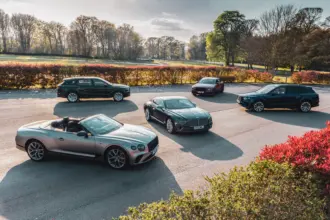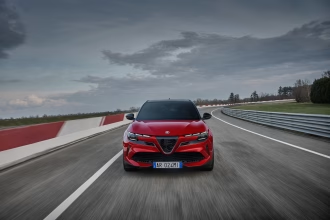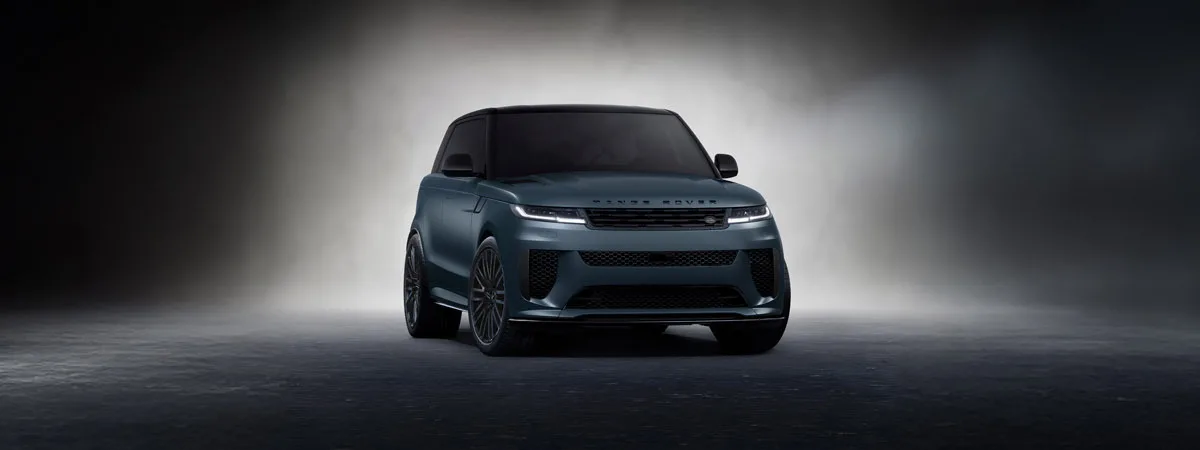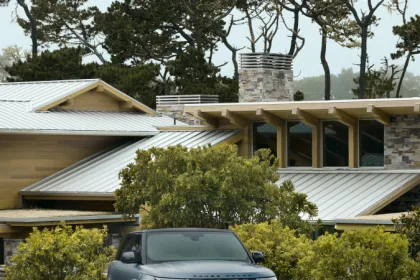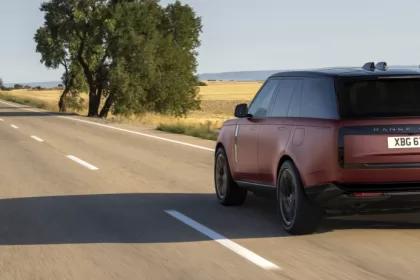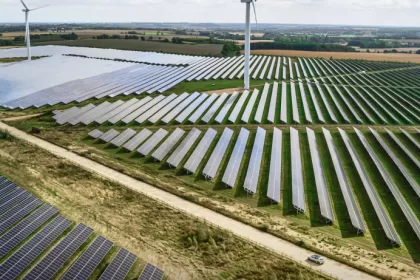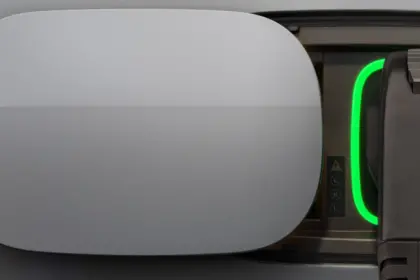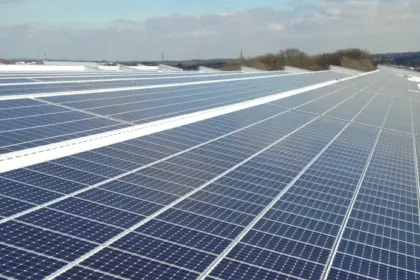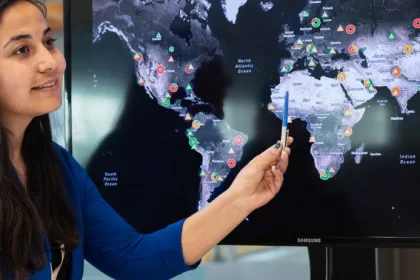JLR delivered a resilient second quarter in FY25, its eighth successive profitable quarter, despite a temporary aluminium supply constraint which restricted production in the quarter.
- Revenue for the quarter was £6.5 billion, down 5.6% YoY, while H1 revenue was flat YoY at £13.7 billion
- Q2 profit before tax and exceptional items (“PBT”) was £398 million, down 10% YoY reflecting the temporary aluminium supply constraint. Production and wholesale volumes are expected to recover strongly in the second half of the year
- First half profits increased by 25% year‑on‑year to £1.1 billion
- Full year guidance for revenue unchanged at circa £30 billion, alongside EBIT margin ≥8.5% and achieving a positive net cash position
Reimagine transformation continues:
Modern Luxury
- Over 2,900 orders taken for recently launched Defender OCTA, retailing at £145,000
- Next stage in Jaguar’s transformation to be revealed at Miami Art Week on 02 December 2024
- New Range Rover Electric continues to generate strong global interest with over 48,000 clients signed up to the waiting list
- 11,000 Range Rover SV and Range Rover Sport SV models sold since launch, including the new Range Rover Sport SV Edition Two, launched in Q2 FY25, and a collection of five Range Rover Sport SV Celestial models retailing at c.£215,000
- JLR’s Range Rover SV Ranthambore Edition launched in India with all 12 units sold at £455,000
Enterprise
- More than £250 million invested to date ‑ of a total £500 million ‑ for electric vehicle production at the Halewood facility, including several kilometres of new EV production lines and automated robots
- EPMC in Wolverhampton now producing new V8 engines to offer Range Rover and Range Rover Sport clients the full range of ICE, PHEV and BEV powertrains in line with client demand
- Development of JLR and Chery joint venture Freelander brand progressing well
Sustainability
- Renewable energy equipment installation underway at Halewood facility to remove 40,000 tonnes of CO2e, alongside reuse of £16 million worth of equipment from JLR’s Castle Bromwich site
JLR has delivered a resilient performance in Q2, resulting in a 25 per cent increase in first half profits year‑on‑year.
Our teams responded brilliantly to the aluminium supply shortages we experienced in the quarter, so we could deliver as many orders as possible to clients.
We continue to make good progress delivering our Reimagine strategy. We have invested £250m so far to prepare our Halewood UK plant for electric vehicle production and with strong global demand for our products, we are well positioned to deliver on our commitments again this financial year.
Adrian Mardell, Chief Executive Officer
Jaguar Land Rover Automotive plc today reports its financial results for the three months to 30 September 2024 (Q2 FY25)
JLR delivered a resilient performance in Q2 FY25 with an eighth successive profitable quarter, despite temporary aluminium supply constraints. First half profits increased by 25 per cent year‑on‑year.
Revenue for the quarter was £6.5 billion, down 6% versus Q2 FY24, while H1 revenue at £13.7 billion was flat year‑on‑year. Compared to the prior quarter, revenue was down 11%, reflecting lower wholesales as a result of supply disruptions from a key aluminium supplier restricting production in the quarter as well as a temporary hold placed on 6,029 vehicles to allow for additional quality control checks.
Profit before tax and exceptional items (“PBT”) in the quarter was £398 million, down from £442 million a year ago, while H1 profit before tax was £1,099 million, up 25% YoY.
EBIT margin was 5.1%, down 2.2 percentage points compared to Q2 FY24 while H1 EBIT margin was 7.1%. The decrease in profitability year‑on‑year reflects lower wholesales (as outlined above) and increased VME, FMI and selling costs, partially offset by prioritisation of Range Rover production and material cost improvement. Profit after tax (“PAT”) in the quarter was £283 million, compared to a profit of £272 million in the same quarter a year ago.
Free cash flow for the quarter was £(256) million, again reflecting constrained production and wholesale volumes. At the end of the quarter, the cash balance was £3.4 billion and net debt £1.2 billion, with gross debt of £4.6 billion. Net debt improved by £1.0 billion year‑on‑year, although it was £200m higher than Q1 FY25 due to the operating cash outflow in the period. Total liquidity was £4.9 billion, including the £1.5 billion undrawn revolving credit facility, which has been recently refinanced at £1.6 billion in October.
Looking ahead, both production and wholesale volumes are expected to pick up strongly in the second half of the financial year as the aluminium supply situation normalises, and we will continue our diligent management of costs. For the full year, our guidance is unchanged, with revenue of circa £30 billion, EBIT margin ≥8.5% EBIT and achieving a positive net cash position.

